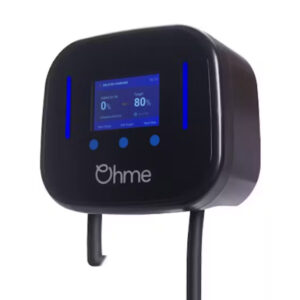Today we need a serious discussion about looped electricity systems…
If you remember from last weeks video, a looped system is when 2 neighbouring houses share the same main electricity cable, going to the first and then looping off to the second house.
So, why do the electricity network operators need to split the loop before you can install a fast-charging 7Kw home charging point?
It’s an interesting debate, as you don’t need to split the loop if you’re installing an electric shower, sauna, or hot tub, and they all use a 32amp fuse too.
Well, the network operators say an electric shower, sauna or hot tub are only used for short periods, but an electric vehicle charge point can be in operation for 10 hours or more.
Which puts a tremendous amount of stress on the looped electricity cable, potentially causing problems for both yourself and your neighbour.
How do we deal with this issue?
Well, we work closely with the electricity network providers to spot loop systems as early in the charge point installation process as possible.
Once identified, we’ll call you to discuss the situation, and help you through the process of applying to your electricity network operator to arrange for them to split the loop.
And once you’ve got a date for the loop to be split, we’ll re-schedule your installation, so you can enjoy safe and worry-free vehicle charging way into the future.
Please note, some unscrupulous charge point installers may not check for looped systems, which could put you and your neighbour at risk.
…our customers safety is our number one concern.


